Is Bougainvillea a Messy Plant? Discover the Truth About Its Care and Maintenance
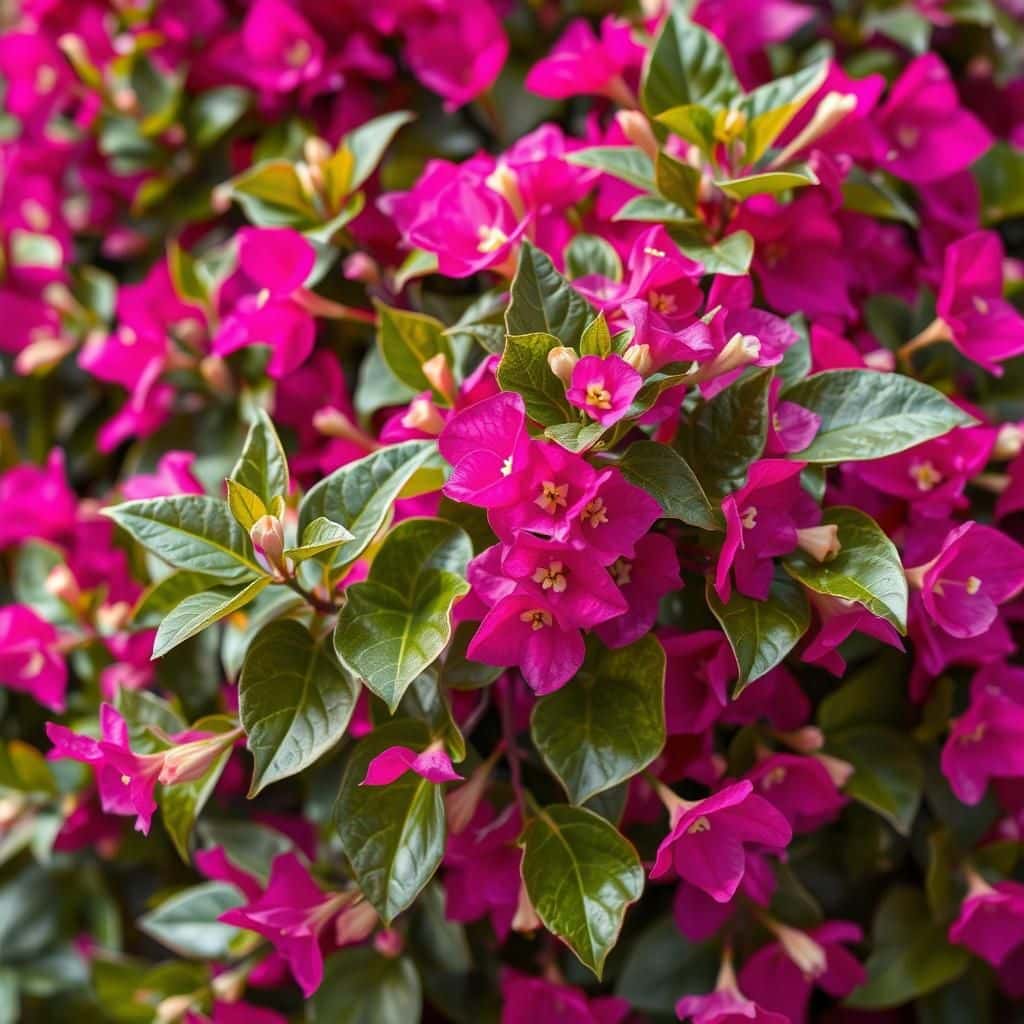
Bougainvillea is a vibrant and popular choice for gardens, celebrated for its stunning color and ability to thrive in various climates. However, many gardeners wonder if this beautiful plant is messy and difficult to maintain. With its sprawling vines and abundant blooms, the care and upkeep of bougainvillea can seem daunting. This article will explore the truth behind its reputation, examining factors such as pruning, growth habits, and maintenance requirements. By understanding the nature of bougainvillea, you can determine whether it’s the right plant for your garden without the fear of creating an untidy outdoor space.
Is Bougainvillea a Messy Plant?
Bougainvillea can indeed be considered a messy plant due to its tendency to shed leaves and flower bracts throughout the growing season. While the vibrant colors of its blooms add aesthetic appeal, the fallen petals and dried leaves can accumulate on the ground, requiring regular maintenance. Additionally, the sprawling vines can sometimes contribute to a chaotic appearance, particularly if not regularly pruned. For gardeners seeking a low-maintenance option, bougainvillea may pose a challenge, as keeping the plant tidy entails consistent care and cleaning.
What Causes the Messiness of Bougainvillea?
The messiness of bougainvillea is primarily attributed to its natural growth habits and flowering cycle. As the plant blooms, it produces an abundance of flower bracts that are actually modified leaves, which can drop off as they fade. Furthermore, changes in weather conditions, such as wind or heavy rains, can result in increased shedding of both leaves and flowers. This contributes to the overall requirement for cleanup by homeowners and landscapers alike.
How to Manage Bougainvillea Messiness?
To effectively manage the messiness of bougainvillea, regular pruning is essential. By trimming back the plant after the blooming season, gardeners can reduce the number of fallen petals and leaves. Additionally, establishing a cleaning routine, involving sweeping or raking fallen debris, can help keep the area around the plant looking tidy. Utilizing mulch around the base can also catch falling leaves and minimize the appearance of messiness while providing nutrients to the soil.
Are There Less Messy Alternatives to Bougainvillea?
For those seeking less messy alternatives to bougainvillea, several ornamental plants and shrubs may be ideal. Options like Hibiscus or Azalea can provide similar vibrant blooms without the excessive drop of petals and leaves. Moreover, perennials such as Daylilies offer beautiful flowers with generally lower maintenance demands. When selecting alternatives, it's crucial to consider your local climate and soil conditions to ensure successful growth and reduced mess.
What Maintenance Does Bougainvillea Require?
Bougainvillea requires consistent maintenance to thrive and minimize messiness. This includes regular watering, especially during dry periods, and the application of fertilizer to promote healthy growth and flowering. Pruning should occur after flowering to shape the plant and minimize fallen debris. Additionally, monitoring for pests and maintaining a good drainage system are essential to ensure that the plant remains healthy and attractive.
Is Bougainvillea Suitable for Indoor Planting?
While bougainvillea is primarily known as an outdoor plant, it can be grown indoors under the right conditions, such as sufficient light and appropriate potting techniques. Indoor bougainvillea may still produce blooms, but the messiness associated with the plant could be amplified in a confined space since fallen petals and leaves may accumulate more quickly. Care should be taken to provide proper ventilation and to periodically clean the area surrounding the plant.
| Aspect | Details |
|---|---|
| Messiness | Regular shed of leaves and flower bracts. |
| Maintenance | Needs constant pruning and cleaning. |
| Alternatives | Hibiscus, Azalea, Daylilies as less messy options. |
| Indoor Growth | Possible but may require extensive care. |
What is the downside of bougainvillea?
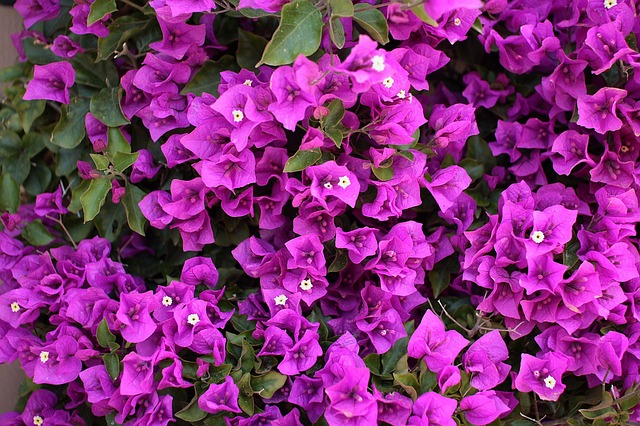
Bougainvillea is a popular ornamental plant known for its vibrant and appealing flowers. However, it also has several downsides that should be considered before planting.
Common Issues with Bougainvillea
Bougainvillea can present a variety of issues that may deter gardeners from choosing this beautiful plant. These problems include:
- Invasive Growth: Bougainvillea can spread aggressively in certain climates, taking over garden spaces and competing with native plants.
- Thorns: The plant is characterized by its sharp thorns, which can pose a risk for injuries when handling or pruning.
- Watering Needs: Bougainvillea has specific watering requirements. Overwatering can lead to root rot, while underwatering may cause the plant to wilt and lose its blossoms.
Pest Problems
Bougainvillea can attract a number of pests that can be detrimental to its health and the surrounding flora. Common pests include:
- Spider Mites: These tiny pests thrive in hot, dry conditions and can cause significant damage by sucking the sap from the leaves.
- Aphids: Aphids can also infest bougainvillea, leading to leaf curling and stunted growth.
- Whiteflies: Whiteflies are another common issue that can weaken the plant and cause leaf drop.
Maintenance Requirements
While bougainvillea is quite resilient, it requires significant maintenance to keep it healthy and looking its best. Consider the following:
- Regular Pruning: To promote healthy growth and prevent the plant from becoming too leggy or unruly, regular pruning is necessary.
- Sunlight Requirements: Bougainvillea thrives in full sun, which may limit where you can plant it in your garden.
- Fertilization: Optimal flowering generally requires periodic fertilization with a balanced fertilizer, which can be an added chore for gardeners.
Soil Needs
The type of soil in which bougainvillea is planted can greatly affect its growth and flowering. Specific concerns include:
See also: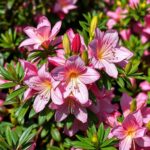
- Well-Draining Soil: Bougainvillea prefers well-draining soil. Poorly drained soils can lead to root rot, making proper soil selection crucial.
- Soil pH: The plant performs best in slightly acidic to neutral pH levels, which may require testing and amendments depending on local soil conditions.
- Soil Fertility: In poorer soils, additional fertilizers may be necessary to provide adequate nutrients, adding to the maintenance workload.
Environmental Impact
Finally, bougainvillea can have an impact on the environment that may not be immediately obvious. Important points include:
- Water Usage: Bougainvillea can be thirsty, potentially leading to increased water usage in arid climates, which is a concern amid water conservation efforts.
- Allergenic Properties: The plant's pollen may trigger allergies in sensitive individuals, causing discomfort for nearby residents.
- Disruption of Local Ecosystems: Invasive varieties can disrupt local ecosystems, affecting native plants and wildlife through competition for resources.
Are bougainvilleas messy?

Bougainvilleas can be considered messy plants due to their growth habits and flower drop. While they are prized for their vibrant colors and ability to thrive in various climates, they can also contribute to litter in gardens and patios. The primary sources of messiness associated with bougainvilleas include fallen bracts, leaves, and the occasional growth of vines that can spread beyond their intended area. Here’s a detailed overview explaining the different aspects of this topic:
Natural Shedding of Bracts
Bougainvilleas produce vibrant bracts that are often mistaken for flowers. These colorful leaves may fall throughout the year, adding to the mess.
- The bracts can detach easily, especially during windy conditions.
- After the blooming period, these fallen bracts accumulate on the ground, requiring regular clean-up.
- If you have a bougainvillea near walkways or patios, the fallen bits can be an eyesore.
Leaf Drop and Debris
In addition to bracts, bougainvilleas also shed leaves, especially during seasonal changes.
- Leaves may turn yellow and drop off as part of the plant's natural cycle, leading to debris.
- Regular pruning can help manage the amount of debris the plant produces.
- In dry conditions, the plant may shed more leaves than usual, intensifying the mess.
Invasive Growth Patterns
Bougainvilleas can grow vigorously, often requiring attention to their spreading habits.
- The vines can spread onto nearby structures and plants, creating additional clean-up work.
- This growth might lead to entangling with other plants, necessitating careful maintenance.
- Without regular trimming, they may overrun garden spaces, further contributing to messiness.
Maintenance Requirements
To reduce the messiness of bougainvilleas, regular maintenance is essential.
- Pruning should be done a couple of times a year to control excessive growth.
- Regularly cleaning up fallen bracts and leaves can help maintain a tidy appearance.
- Implementing a regular watering and fertilization schedule encourages healthy growth and can reduce stress-related leaf drop.
Impact on Surrounding Areas
Bougainvilleas' messiness can affect surrounding areas in various ways.
- Mess on pathways and patios can create a slippery surface, potentially being hazardous.
- Other plants in close proximity may compete for nutrients if bougainvilleas spread out.
- Neighborhood aesthetics can be impacted if clean-up is neglected, drawing the attention of neighbors or local regulations.
Where is the best place to put bougainvillea?
:strip_icc()/pink-flowers-barn-door-72d0893c-54bc62035bcd441897b9f910055fb6a7.jpg)
The best place to put bougainvillea is in a location that offers ample sunlight, well-draining soil, and protection from extreme weather conditions. These vibrant plants flourish in warm climates and are known for their stunning blooms. When selecting the ideal spot for bougainvillea, consider the following factors:
Sunlight Requirements
Bougainvillea thrives in full sun, which means it should receive at least 5 to 6 hours of direct sunlight each day. The more sunlight it gets, the more vibrant its flowers will be. Therefore, the best placement would be:
- Near south or west-facing walls or fences.
- In an area free from shade provided by trees or buildings.
- Where it can receive morning sunlight, which is less intense, followed by afternoon sun.
Soil Conditions
For bougainvillea to grow effectively, it requires well-draining soil. Heavy, compacted soils can lead to root rot and other issues. The ideal soil composition includes:
- Loamy or sandy soils that retain some moisture while draining excess water.
- Soils with a pH level between 5.5 and 6.5.
- Incorporation of organic matter like compost to enhance drainage.
Temperature and Hardiness
Bougainvillea is sensitive to cold temperatures. Ideally, it should be placed in areas where temperatures remain consistently above 25°F (-4°C) to prevent damage. To ensure the best growth:
See also: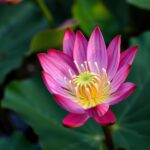
- Plant in zones 9-11 where the climate is warm.
- Consider using frost cloth or moving potted bougainvillea indoors during cold snaps.
- Keep it away from chilling winds that can stunt growth.
Protection from Strong Winds
Bougainvillea can get quite large and becomes top-heavy with blooms, making it prone to damage from strong winds. To protect these plants:
- Position them against a wall or trellis for support.
- Avoid open areas that experience frequent gusts.
- Consider planting alongside sturdier bushes to break the wind.
Container Gardening Option
If traditional planting is not an option, bougainvillea can also flourish in containers. This provides flexibility with placement and mobility. For optimal growth in containers:
- Use a large pot to allow enough room for root development.
- Choose pots with drainage holes to prevent water accumulation.
- Place pots in sunny spots on patios or balconies.
Is bougainvillea high maintenance?
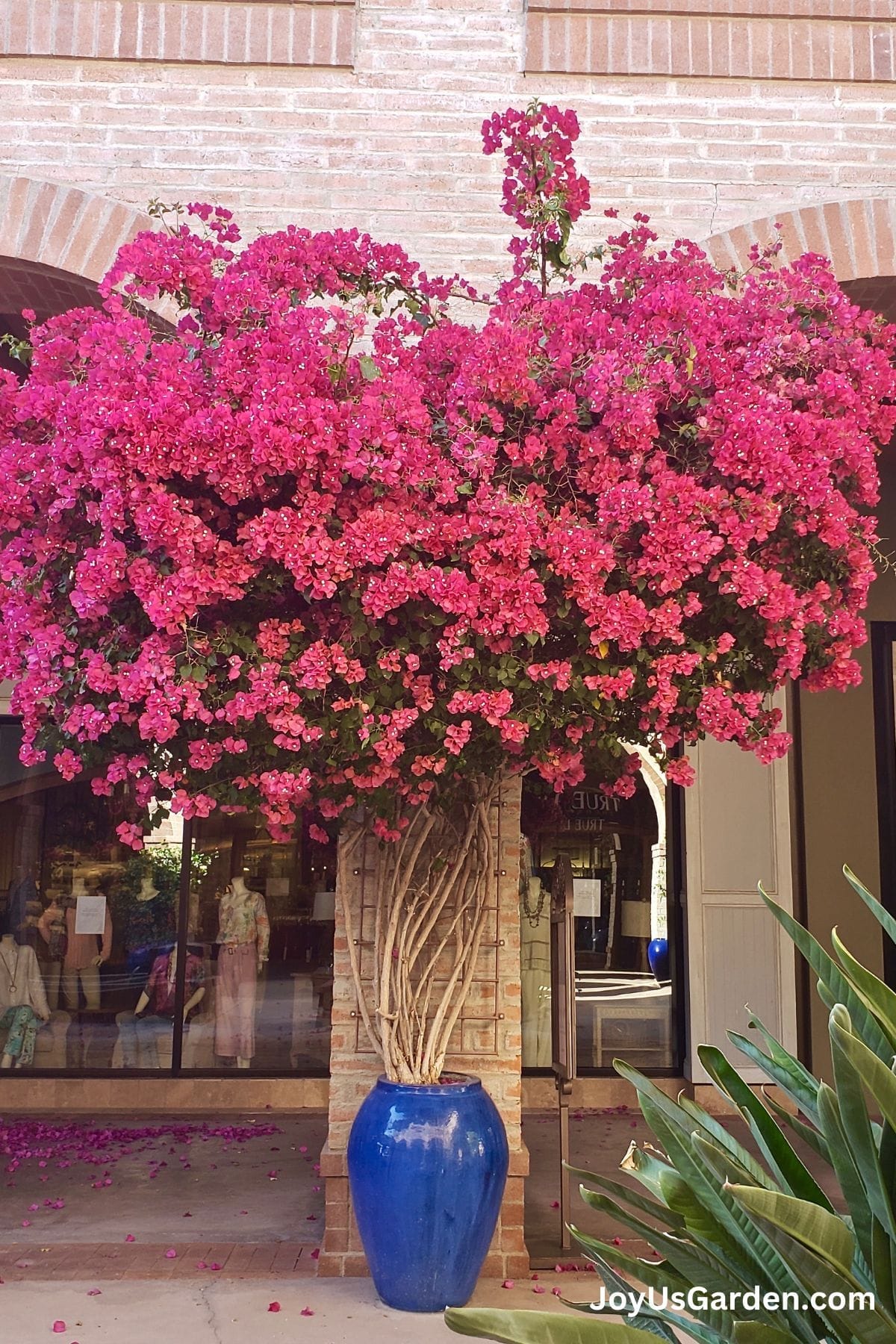
Bougainvillea is often considered a low to moderate maintenance plant, depending on the climate and environment in which it is grown. Here are the key factors that influence its maintenance level:
- Watering Needs: Bougainvillea prefers to dry out between waterings. Overwatering can lead to root rot, while under-watering can stress the plant. It is essential to find a balance.
- Pruning Requirements: Regular pruning is necessary to maintain its shape and promote blooming. Pruning usually occurs after flowering cycles and can help control growth, as bougainvillea can become quite vigorous.
- Soil Type: This plant thrives in well-draining soil. Poor drainage can lead to issues, so it's vital to use a suitable potting mix or amend garden soil to facilitate drainage.
- Sunlight Exposure: Bougainvillea requires full sun to bloom profusely. Lack of sunlight can result in fewer flowers and leggy growth.
Watering Techniques for Bougainvillea
Maintaining the right watering schedule is vital for the health of bougainvillea. The plant prefers infrequent but deep watering. Here are some techniques to consider:
- Water thoroughly until it drains out of the bottom of the pot.
- Check soil moisture before watering; the top inch should be dry.
- Use mulch to help retain moisture, especially in hotter months.
Pruning and Training Bougainvillea
Pruning bougainvillea is crucial for encouraging blooming and maintaining an attractive shape. Proper techniques include:
- Cut back ⅓ of the plant after blooming to encourage new growth.
- The best time to prune is just before the growing season begins.
- Train it to climb by attaching it to a trellis or support, as it is a vigorous grower.
Soil and Fertilization Needs
Bougainvillea thrives in specific soil conditions that affect its growth and blooming capacity. Consider the following:
- Use a well-draining soil mix, like one designed for cacti or succulents.
- Avoid overly nutrient-rich soils, as they can reduce flowering.
- Fertilize only during the growing season with a balanced fertilizer to support blooming.
Sunlight Requirements for Optimal Growth
Proper sunlight exposure is essential for intense blooming in bougainvillea. Here are some tips:
- Ensure the plant receives at least 5 hours of direct sunlight daily.
- Avoid placing it in shaded areas, as this can hinder its blooming potential.
- Consider location changes during seasonal shifts to maximize sun exposure.
Pest and Disease Management
Though bougainvillea is relatively resistant to pests and diseases, some issues can arise. Management strategies include:
- Regularly inspect for pests like aphids or whiteflies, and control them with insecticidal soap.
- Monitor for signs of fungal diseases, especially in overly moist conditions.
- Ensure proper air circulation around the plant to prevent disease development.
Questions from Our Readers
Is bougainvillea a messy plant?
Bougainvillea can be considered a messy plant due to its tendency to shed leaves and flowers. The vibrant bracts often fall to the ground, creating a colorful but sometimes cluttered appearance. Regular maintenance can help manage the messiness.
How often does bougainvillea shed its leaves?
Bougainvillea typically sheds its leaves in response to changes in environmental conditions, particularly in the colder months or during drought. This can vary depending on the climate, with some varieties being more consistent than others.
What maintenance is required to manage the messiness of bougainvillea?
To manage the messiness of bougainvillea, it is important to perform regular pruning to remove fallen flowers and leaves. Keeping the plant tidy will help reduce debris and maintain a more attractive landscape.
See also: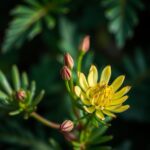
Is it possible to plant bougainvillea without creating a mess?
While it may be challenging to avoid any mess entirely, choosing to plant bougainvillea in a designated area, such as a garden bed with mulch, can contain the clutter. Proper placement can minimize the impact of fallen debris on walkways and patios.

If you want to read more articles like Is Bougainvillea a Messy Plant? Discover the Truth About Its Care and Maintenance, we recommend you check out our Shrubs category.
Leave a Reply
Related Articles